One of the biggest misconceptions about commercial photography is that you have to have a big budget—and an unlimited amount of time—to make profitable images. The truth is that while some stock photographers do set aside specific dates to shoot for their commercial portfolios, many simply incorporate Licensing into the shoots they already have planned—no additional expenses necessary.
According to a 2018 survey of 270 stock photographers, 66% say they’re also involved in other commercial photography endeavors, including wedding and event photography, portraits, and more. These days, commercial photographers have multiple streams of income; often, they juggle client shoots and stock photography projects to make the most of the time they have.
Here are our tips for integrating Licensing into your pre-existing photoshoots, while pleasing your clients at the same time.
Approach your client before the shoot
Deciding whether or not you’ll be able to license the photos from your shoot is something you should iron out before you arrive on set—just to avoid any confusion or wasted time.
You don’t want to pour your time and money into a project only to find out that you won’t be able to make additional income from your photos down the line, and your clients need to know how you intend to use the images in the future. Be upfront and communicative from the start, and you’ll set the tone for a fruitful collaboration.
Set an embargo or negotiate an exclusive contract
If you’re working with a commercial client (e.g.. a brand, a restaurant, a commercial venue, etc.), get everything down in writing and make sure everyone’s on the same page. In some cases, for example, commercial clients might want first rights to the images, but after they have their pick, they might be glad to let you sell any photos or “outtakes” that they don’t choose on your own.
In other situations, a client might buy exclusive rights for a set period of time, leaving you free to license the photos once their embargo has lifted. If a commercial client wants to have exclusive rights to the images forever, you might consider charging more, since it would prevent you from making money on the work in the future.
By having confidence in your worth—and staying open and flexible to your clients’ needs—you can settle on an arrangement that works well for all parties.
Provide a model release
If you’re working with retail clients (e.g., people who hire you to photograph their weddings, engagements, pregnancies, families, etc.) rather than a commercial company, the situation changes. You still own the copyright to your photos, but they have to give their permission for their likenesses to be used in a commercial context. That means signing a model release.
In this case, explain to your clients that while you support yourself by photographing events and milestones, you also earn some of your income by licensing your images commercially. By completing a model release, they give their consent for you to do exactly that. For minors, of course, you’ll need the signature of a parent or guardian. You can keep copies of the 500px model release in your camera bag or download an app like Easy Release or Releases for a digital workflow.
Cover the basics
It’s important to be crystal-clear with your clients about what could happen when you license your photos, especially if you’re working in retail with non-commercial clients. Buyers will not be able to use your photos in any defamatory or unlawful manner, but they can use them to sell their products. Make sure your clients know that by signing a model release, the photos could potentially appear in magazines, subways, billboard ads, and more.
In the now-famous case of “Everywhere Girl,” for example, a young actress who posed for one stock photoshoot wound up in thousands of ads and on the covers of dozens of textbooks over the course of many years. Normally, people will be happy (and flattered) to sign a model release once they know all the facts. If they aren’t comfortable with it right off the bat, be sensitive and give them the chance to opt-out. You can always move on or ask them to contact you if they change their minds.
Remember your property releases
Model releases aren’t the only paperwork you should keep on-hand during your photoshoots. If you’re photographing on private property, you need a property release as well for commercial Licensing. These are just as convenient as model releases, and you can find them on most major release apps or print some copies from here.
Indoor lifestyle photoshoots are popular these days, so ask your clients if you can include pictures of their house or apartment in your Licensing portfolio. These natural, lived-in environments sell well as commercial stock photography, so it’s worth introducing the idea to families and individuals who have already hired you for an in-home session.
Barter with local businesses
Another situation where you could potentially combine client work and Licensing work is if you’re hired to shoot an event space, hotel, or someplace similar. In that case, explain to the client and property owner that you’d like to license photos of their building or estate as commercial stock photography. If they’re interested in participating, have them sign a release.
You might also offer discounts to businesses or venues that hire you to shoot promotional materials for their website or ads. For example, you can tell them that by signing a release and allowing you to license the photos in the future, they can get a free set of photos to use for their own marketing.
Do a wardrobe and prop check
Clothing is a crucial element for any photoshoot, but there are some guidelines you have to follow when licensing your images commercially. If a client agrees to sign a release and allows you to submit your work as commercial stock photography, remember to discuss wardrobe and props with them ahead of time.
Commercial stock photos can’t have any trademarked or branded details, including clothing or products with logos or tags. If your client agrees, bring a change of clothing for them to wear; different outfits will add variety to your portfolio, and helping them choose what to wear will give you more control over the final product.
Companies like Primary offer timeless, stock photographer-approved kid’s clothing without logos, while websites like Style & Select can help you create a personalized style guide in collaboration with your clients. In general, solids look better than patterns, especially because they’re more generic and can be used in different ways.
Photograph with intention
Specific clients will usually give you clear instructions about the kinds of photos they want, and meeting their needs should be your priority. But whenever you have time, make sure to get some photos for your Licensing portfolio as well. Keeping commercial stock photography in the back of your mind will help you to shoot with intention and create images that are appealing not only to your original client but also to a number of potential buyers.
As you develop a shot list of photos your clients want, consider adding some extra shots that you know stock photography buyers will like. If you’re photographing a wedding, for example, and the bride and groom want a side-by-side portrait, you can also grab some candid and authentic snaps to add variety to your portfolio.
Look for images that are relatable to everyone and could be used in different contexts across the board. It’s also worth checking in to see if 500px has any current Licensing Quests open, as you can adapt many of these ideas and themes into shoots you might already have scheduled.
You never know who could be interested in licensing your photos, so remember to keep some of your images generic or “anonymous” while on set. Your clients might want formal photos of faces, but future buyers might be looking for detail photos of hands and jewelry. Move around and go in for close-ups and interesting perspectives.
Make Licensing a priority
Top Licensing Contributors regularly update and improve their portfolios, but that doesn’t mean they aren’t tackling other jobs at the same time. Often, it just means they’ve incorporated Licensing into their everyday workflow.
We recommend approaching every new shoot as an opportunity to develop and expand your portfolio. Even if you don’t plan on selling the photos right away, there’s a good chance you’ll want to monetize them in the future. Make sure this option is available to you by communicating clearly with your clients and getting all your paperwork signed in advance.
Not on 500px yet? Click here to learn about Licensing with 500px.


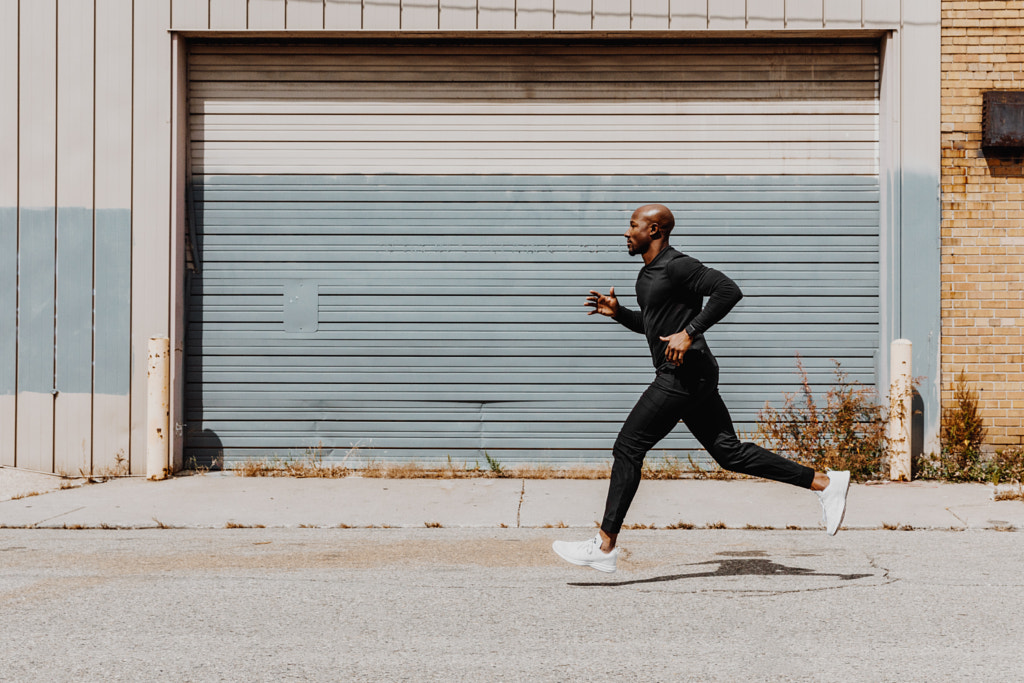

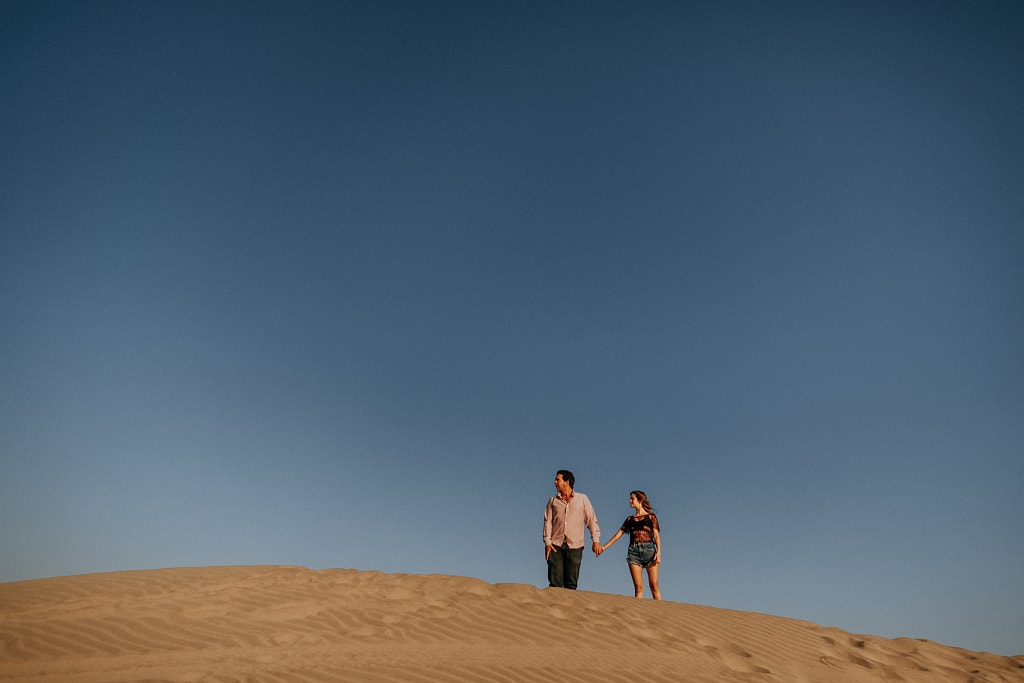
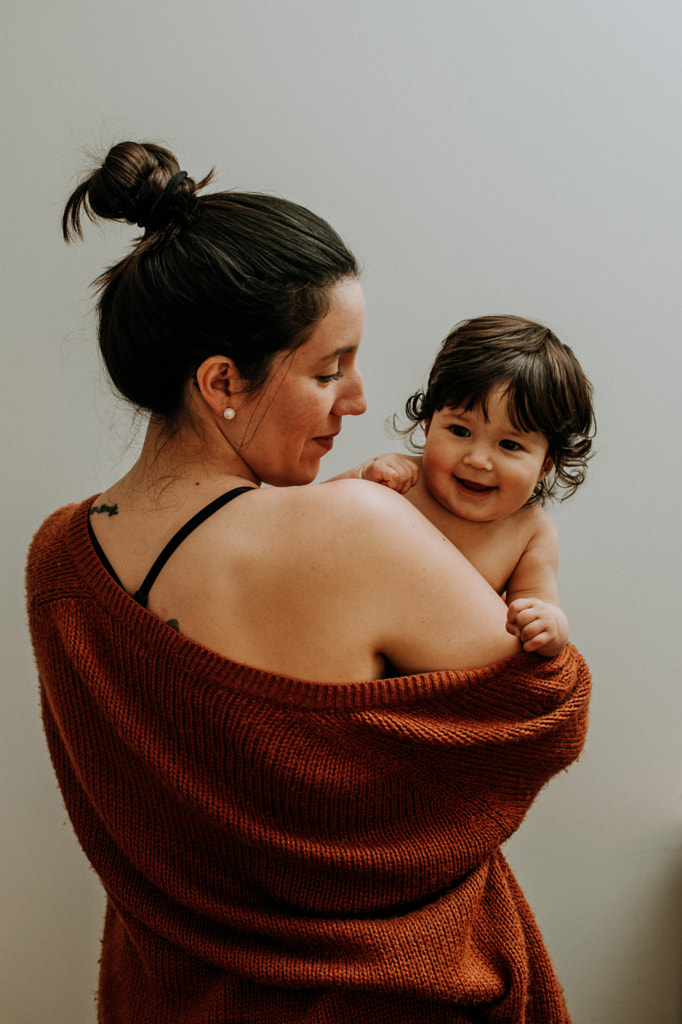
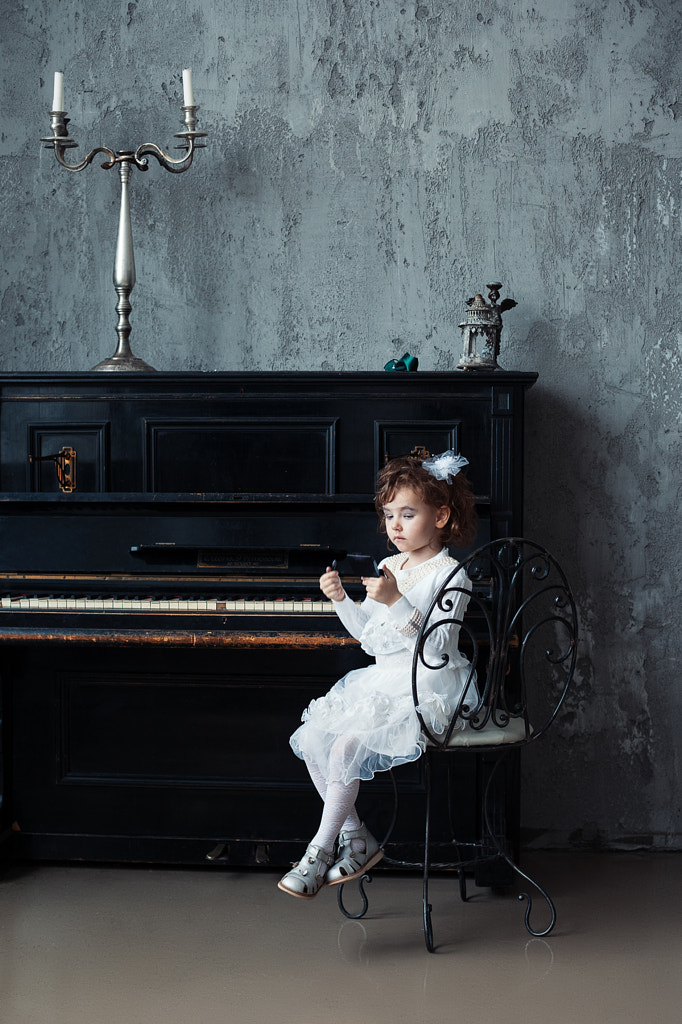


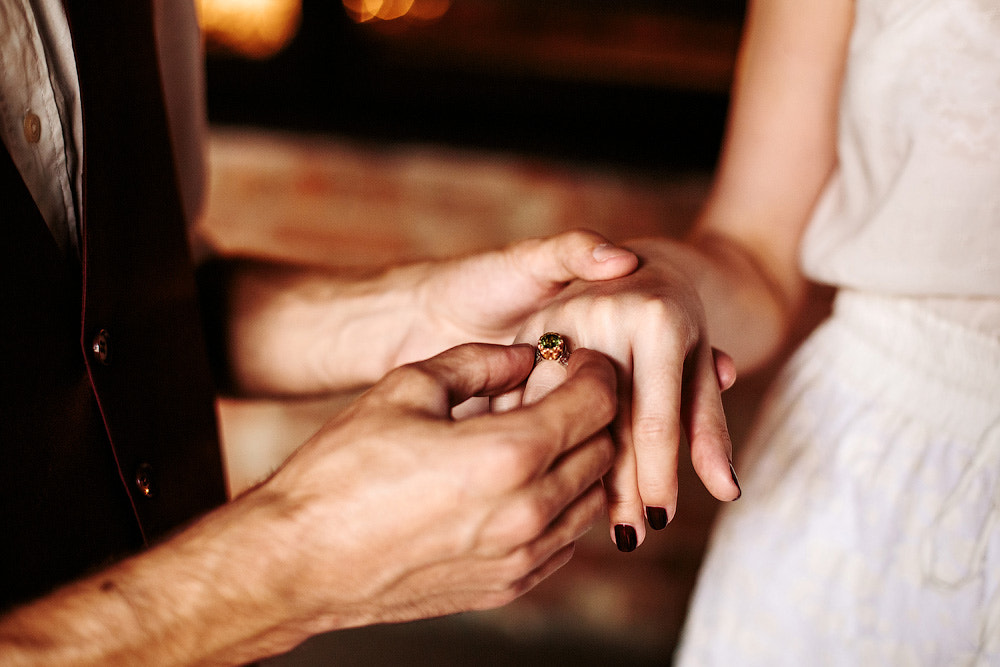






Leave a reply